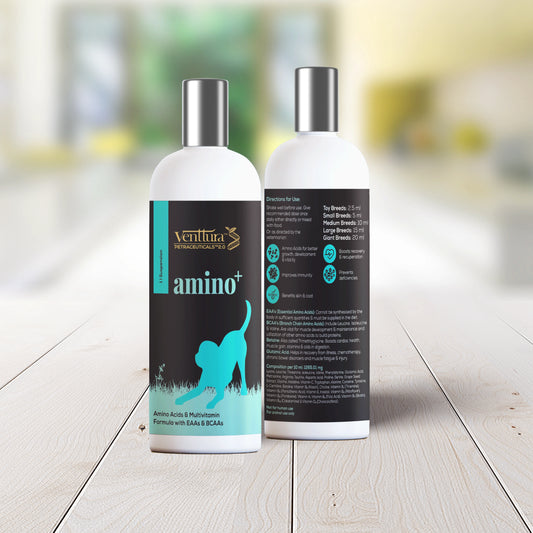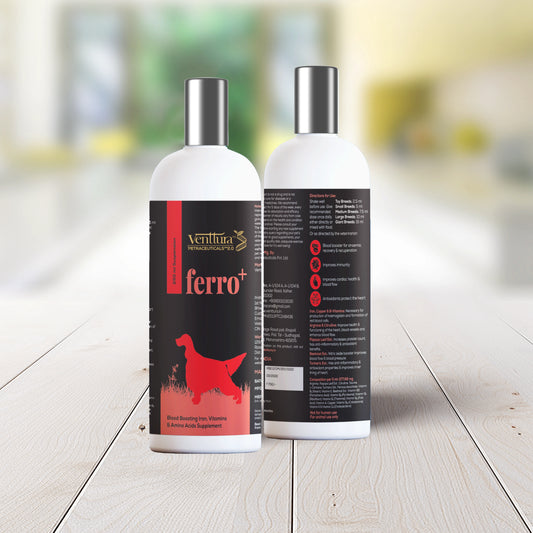Decoding your Cat’s Behaviour
Cats are fascinating and complex creatures, often described as mysterious or aloof, but their behavior is a rich tapestry of communication and instinct. Understanding what your cat is trying to tell you through its actions, body language, and vocalizations can deepen your bond and ensure its well-being. Here's how to decipher what your feline is trying to tell you:

1. Decoding your Cat’s Behaviour:
Body Language
Cats are masters of non-verbal communication, and their body language can tell you a lot about their mood and intentions.
Tail Position
Upright Tail: A cat with its tail held high is usually happy and confident. This is often a sign of friendliness and contentment.
Puffed-Up Tail: When a cat’s tail is puffed up, it’s a sign of fear or agitation. The cat is trying to make itself look bigger to ward off potential threats.
Tail Twitching: A twitching tail can indicate excitement or frustration. If it’s combined with a stiff body, it may be a sign that the cat is irritated.
Tail Wrapped Around the Body: A cat with its tail wrapped around its body is likely feeling insecure or anxious.

Ears
Forward Facing: Ears pointing forward usually indicate that a cat is alert and interested in what’s happening around it.
Flattened Ears: Ears flattened against the head are a sign of fear, aggression, or discomfort. This posture is often seen in cats that feel threatened.
Swiveling Ears: If a cat’s ears are constantly swiveling, it might be trying to locate a sound or is feeling anxious.

Eyes
Slow Blinking: Slow blinking is a sign of trust and affection. If your cat blinks slowly at you, it’s like receiving a “cat kiss.”
Dilated Pupils: Dilated pupils can indicate excitement, fear, or aggression. It’s important to consider the context to understand what your cat is feeling.
Direct Stare: A direct stare can be a sign of dominance or aggression. Cats usually reserve this for other cats or animals they view as a threat.

Body Posture
Arched Back: A cat with an arched back is often scared or threatened. If the fur is also standing on end, the cat is trying to appear larger to intimidate a perceived threat.

Rolling Over: If a cat rolls over onto its back, it’s showing trust and may be inviting you to play. However, it’s important to note that not all cats enjoy belly rubs.

Crouched Posture: A crouched posture indicates fear or readiness to defend itself. The cat is trying to make itself smaller to avoid attention.
2. Vocalizations
Cats are more vocal than many people realize, and each sound they make can have different meanings.
Meowing
Short Meow: A short meow is often a greeting, such as when you come home or when your cat wants attention.
Long, Drawn-Out Meow: This type of meow can indicate a request or demand, like when your cat wants food or wants to go outside.
Repeated Meowing: Repeated meows may indicate excitement or insistence, especially around mealtime or when you’re about to do something your cat enjoys.

Purring
Contented Purring: A soft, steady purr usually indicates that your cat is happy and content.
Anxious Purring: Some cats may purr when they’re nervous or scared, as a self-soothing mechanism. It’s essential to observe other behaviours to determine the cause.

Hissing and Growling
Hissing: Hissing is a clear sign that a cat feels threatened or is ready to defend itself. It’s often accompanied by other defensive behaviours like flattened ears and a puffed-up tail.
Growling: Growling is a more intense warning than hissing and usually precedes aggressive behaviour if the perceived threat doesn’t back off.

Chirping and Trilling
Chirping: Cats often chirp when they’re excited, especially when watching birds or other prey animals. It can also be a way of communicating with their human family, sometimes encouraging them to follow or pay attention.
Trilling: Trilling is a friendly greeting or a way to get your attention. Mother cats use it to call their kittens, and adult cats may trill at their human companions.
3. Social Behaviour
Understanding your cat’s social interactions with you, other cats, and even other animals can give insight into its behaviour.
Rubbing and Bunting
Head-Butting (Bunting): When a cat bumps its head against you, it’s marking you with its scent glands as a sign of affection and trust.

Rubbing Against You: Cats rub against your legs or furniture to mark their territory. This behaviour is also a sign of affection and ownership.

Kneading
Paw Kneading: Kneading, where a cat pushes its paws in and out against a soft surface, is a behaviour from kittenhood. It’s a sign of comfort and contentment. Adult cats knead when they feel relaxed and happy. But if you notice your cat purring at odd times, it could be your cat's way of dealing with stress. Sometimes, cats may purr, knead or suck on something to self-soothe

Play Behaviour
Pouncing and Chasing: These behaviours are rooted in a cat’s hunting instincts. Even indoor cats who don’t need to hunt for food will engage in these activities as a form of play and exercise.
Biting During Play: Light nibbling is normal during play, but if your cat bites hard, it could be overstimulated or not understand the boundaries. It’s important to discourage biting by redirecting your cat’s attention to a toy.

4. Territorial Behaviour
Cats are territorial animals, and their behaviour often revolves around defining and defending their space.
Scratching
Marking Territory: Cats scratch objects not just to sharpen their claws but also to mark their territory with scent glands in their paws.
Stress Relief: Scratching can also be a way for cats to relieve stress or excess energy.
Spraying
Territorial Marking: Spraying is a common behaviour in unneutered males, but it can also occur in females and neutered cats. It’s a way of marking territory with a strong scent.
Stress or Anxiety: Cats may spray due to stress, changes in their environment, or if they feel their territory is threatened.

5. Health-Related Behaviour
Sometimes, changes in behaviour can indicate health issues. Being aware of these signs can help you catch potential problems early.
Changes in Eating or Drinking Habits
Increased Appetite: While a hearty appetite can be normal, a sudden increase could indicate hyperthyroidism or diabetes.
Decreased Appetite: A loss of appetite can be a sign of illness, dental problems, or stress.
Excessive Drinking: Increased water consumption can be a sign of kidney disease, diabetes, or hyperthyroidism.
Litter Box Issues
Avoiding the Litter Box: If your cat stops using the litter box, it could be due to stress, a medical issue, or dissatisfaction with the cleanliness or location of the box.
Frequent Urination: Frequent trips to the litter box could indicate a urinary tract infection or other medical issues.

Understanding Your Cat’s Unique Personality
Every cat is an individual, and understanding your cat’s unique personality is key to decoding its behaviour. Spend time observing your cat in different situations, noting its reactions, preferences, and habits. Over time, you’ll learn to read your cat’s signals more accurately, leading to a deeper and more fulfilling relationship.
Click here to learn more about Venttura’s cat supplements and support your feline’s health naturally.

 Proud to have impacted over 1 Million Happy Pet Parents since 2013.
Proud to have impacted over 1 Million Happy Pet Parents since 2013. 











